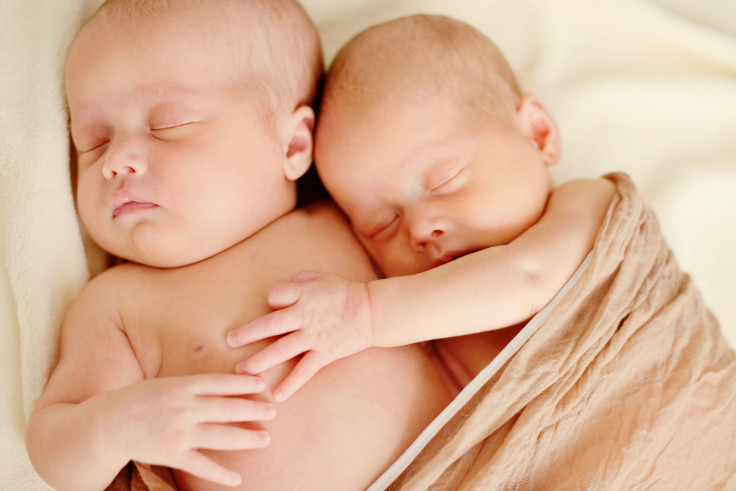U.S. twin birth rate hit record high in 2013: CDC

ATLANTA (Reuters) - American women are having twins at a higher rate than ever before, a trend health officials believe is due to their increasing use of fertility treatments and the fact they are having children later in life.
The rate of twin births in the United States reached a 33.7 twin births out of every 1,000 deliveries in 2013, the Centers for Disease Control and Prevention said in a report on Thursday. That was up 2 percent from 2012 and a new national high, the agency said.
"I was a bit surprised," CDC epidemiologist Joyce Martin told Reuters. "Two percent is quite an increase."
The rate of twin births increased 76 percent from 1980 to 2009 as more women used fertility therapy and had children at older ages, which increases the chances of multiples, she said.
The rate leveled off in 2009 before jumping again in 2013. Preliminary birth statistics for 2014 will be released in two months, officials said.
While the rate of twin births is increasing, the rate for triplets is dropping because advances in fertility treatments mean fewer embryos are needed to help women become pregnant, Martin added.
There were a total of 3.9 million births in the U.S. in 2013, down less than 1 percent from 2012, the report said. The teen birth rate, however, showed a 10 percent drop, reaching a record low.
The birth rate for women in their 20s also hit a record low, while the rates for women in their 30s and late 40s increased.
The continuing drop in teen birth rates is likely a result of an increasing educational programs on teen pregnancy, and even reality television shows on the topic, said Brady Hamilton, a CDC statistician.
The economy is a potential factor in the decline of births to women in their 20s and 30s, Hamilton said.
"For women in their 20s, it's not so much an issue of foregoing a birth as it is postponing a birth," he said. "For older women, that's not a viable option. Also women in their 40s tend to be more stable in their jobs, their incomes."
The rate of cesarean deliveries dropped slightly in 2013, as did the percentage of births to unmarried women, the CDC said.
By David Beasley
(Edited by Karen Brooks)



























